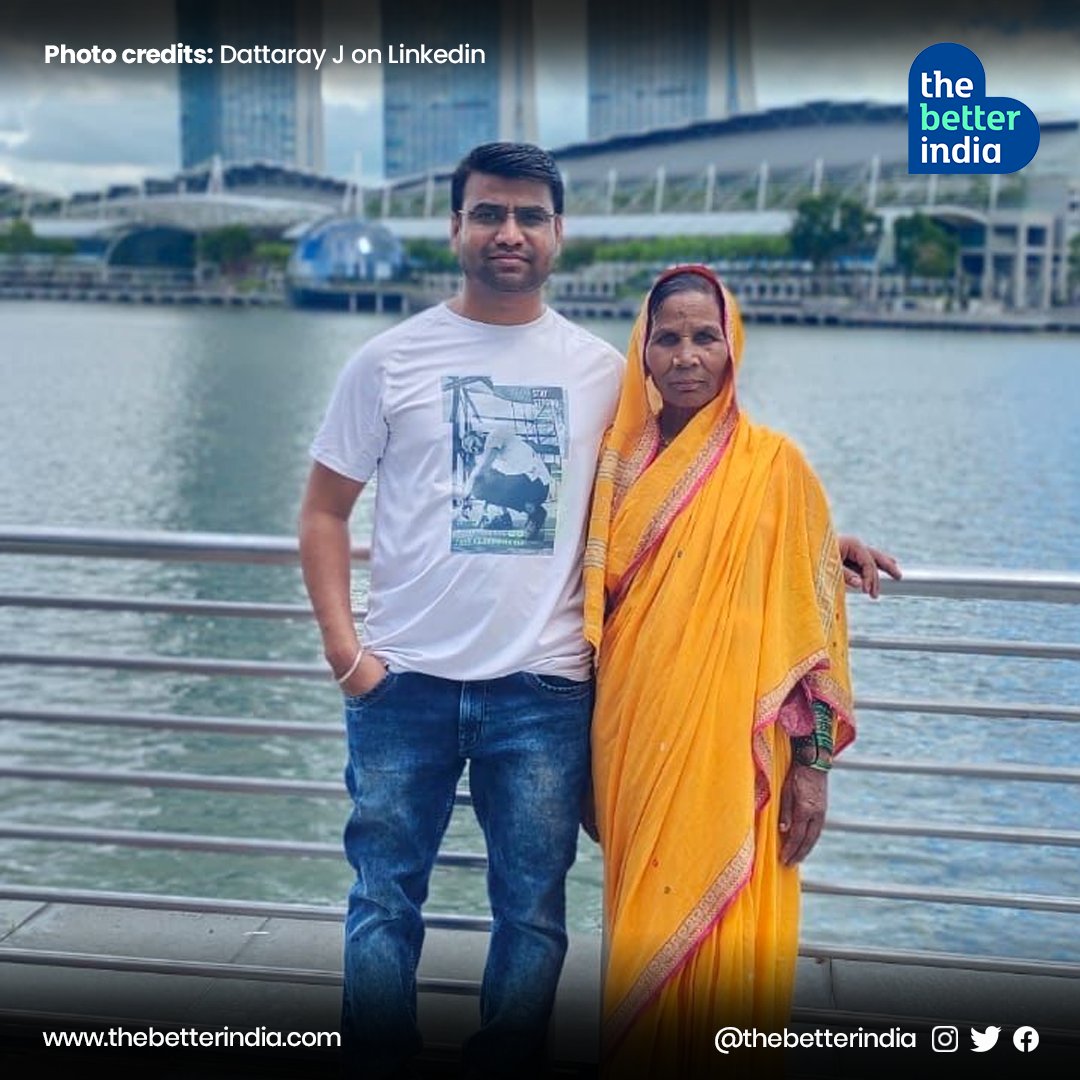
During a speech on January 25, 1966, the father of India's space programme, Vikram Sarabhai, said:
#ThisDayInHistory #DeathAnniversary #HomiBhabha
#ThisDayInHistory #DeathAnniversary #HomiBhabha

“Those of us who had personal contact with Bhabha know that science was an important part of life,but that he was a complete man in the best sense of the term as we understand today.He represented the best in the modern educated world,the best of science, the best of the arts.”
There is perhaps no better description for the father of India's nuclear programme, who was also a painter, a botanist, and an avid classical music enthusiast.
Homi Bhabha’s greatest legacy is, perhaps, the institutions he created.
Homi Bhabha’s greatest legacy is, perhaps, the institutions he created.
Places where science & art were joined in harmony.
The TIFR was born in the Cosmic Ray Unit of the Indian Institute of Science, Bangalore, in June 1945, and the Atomic Energy Establishment at Trombay in January 1954.
The TIFR was born in the Cosmic Ray Unit of the Indian Institute of Science, Bangalore, in June 1945, and the Atomic Energy Establishment at Trombay in January 1954.
It was later renamed the Bhabha Atomic Research Centre in his memory and to honour his contributions to India’s nuclear capabilities.
Read more about this icon here: thebetterindia.com/37339/homi-jeh…
• • •
Missing some Tweet in this thread? You can try to
force a refresh












